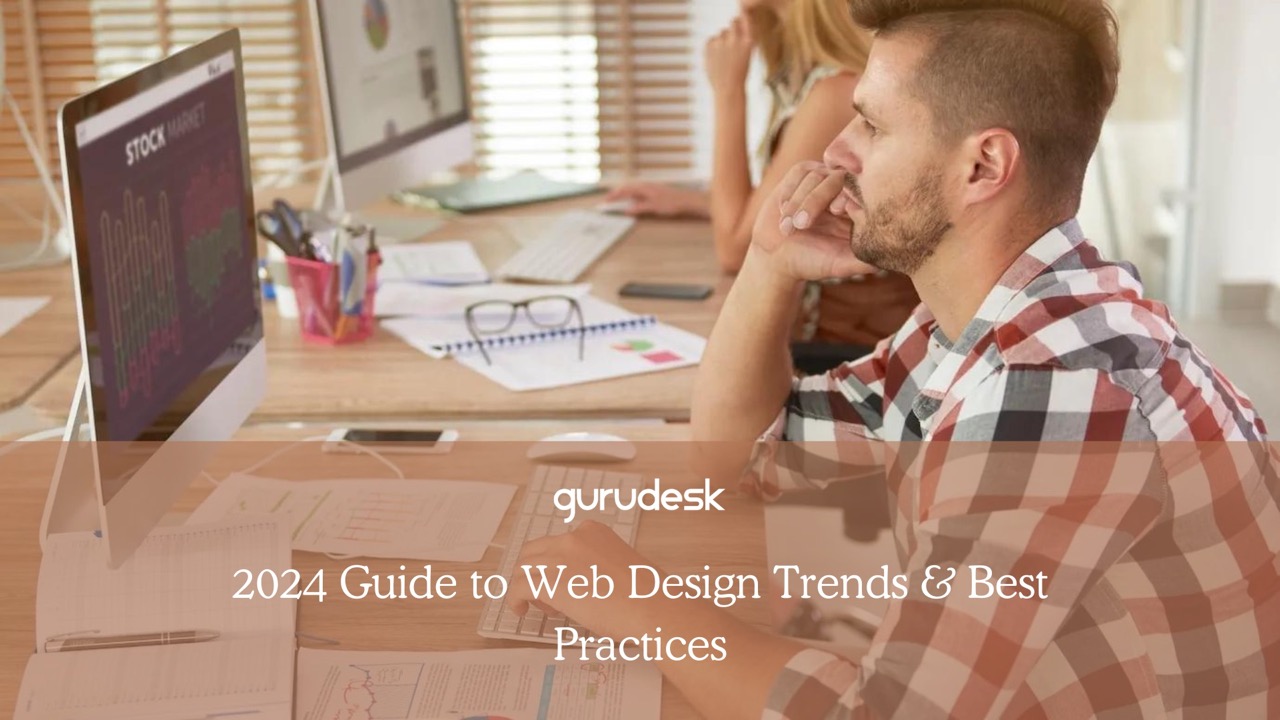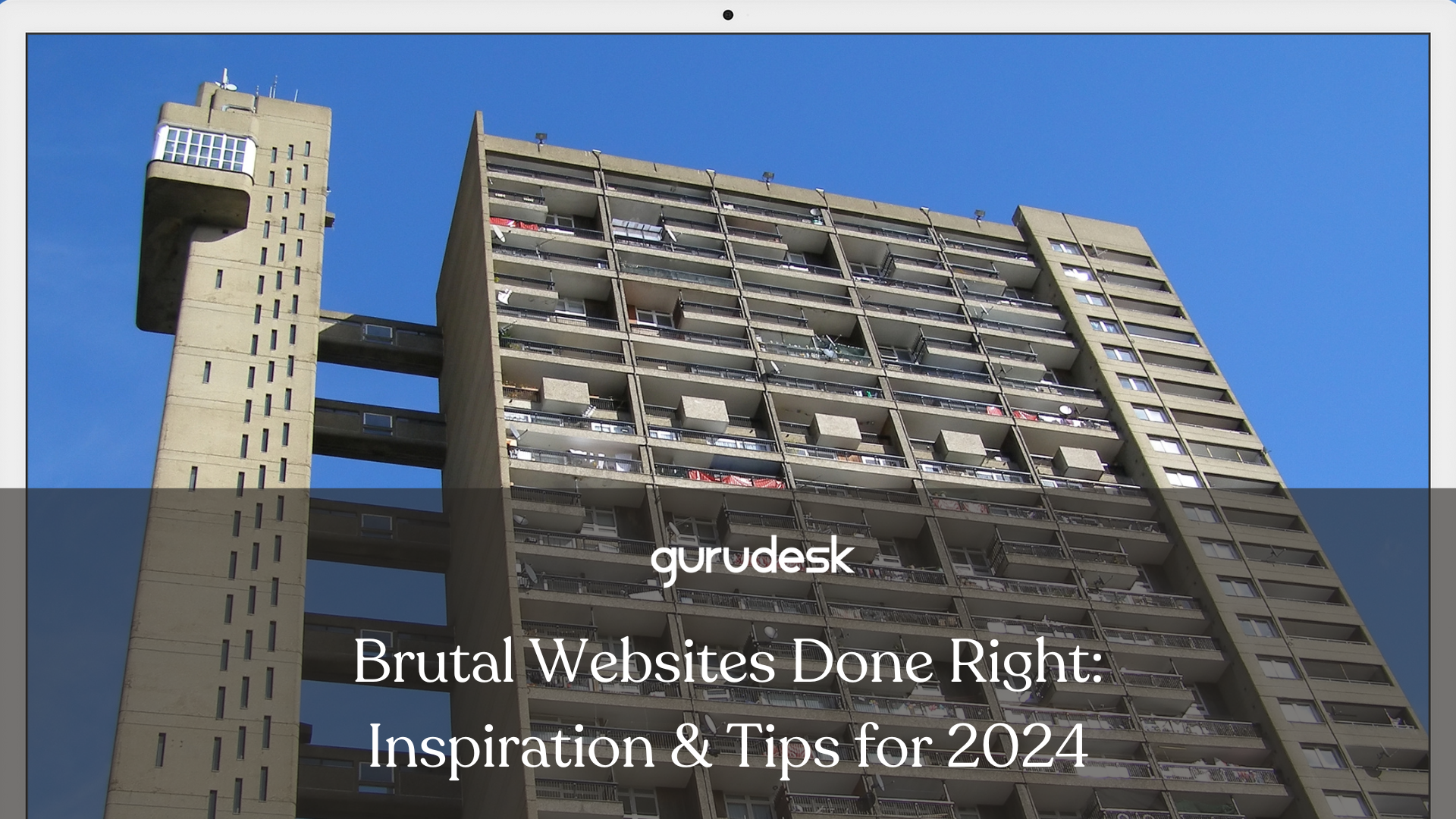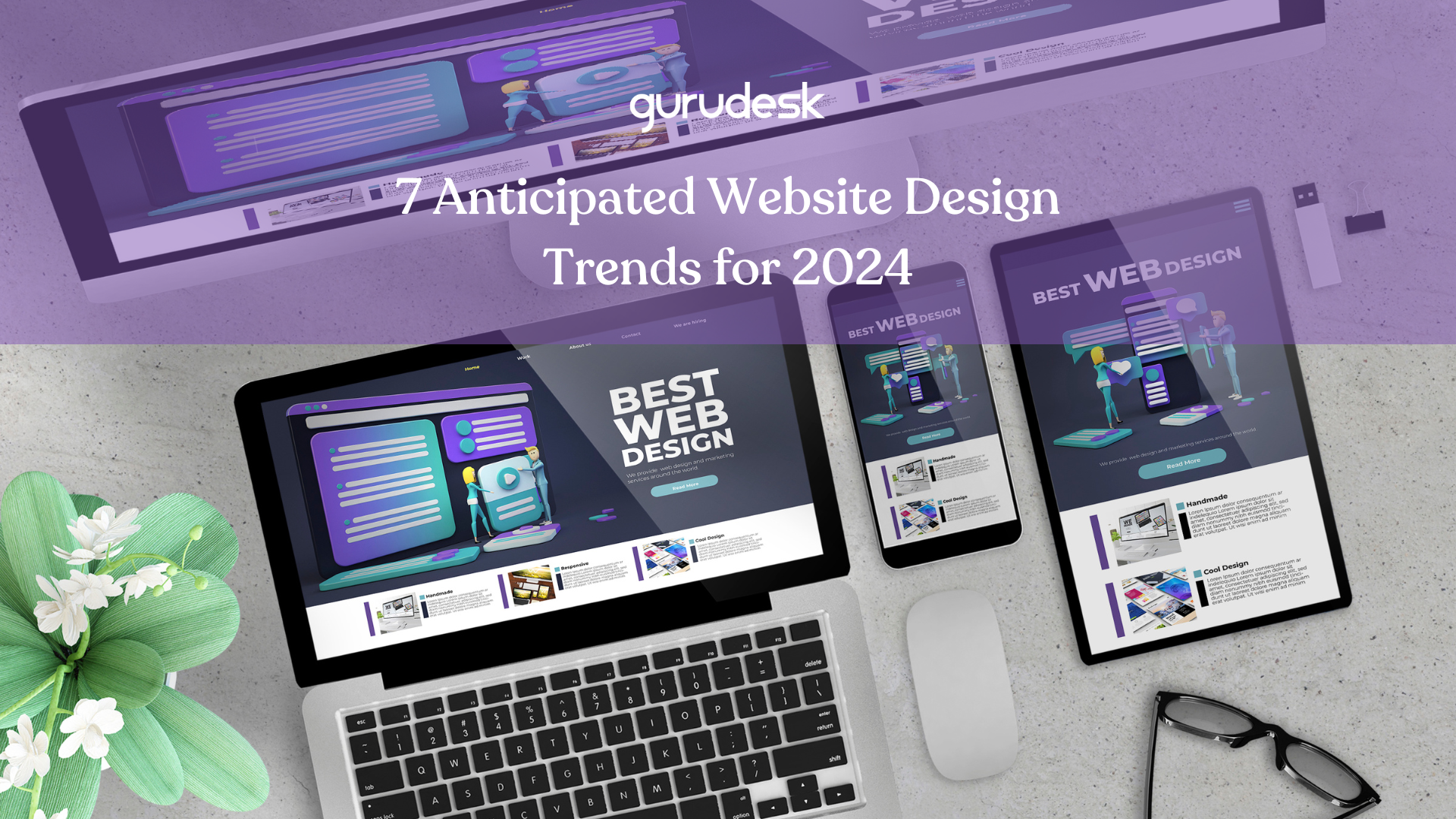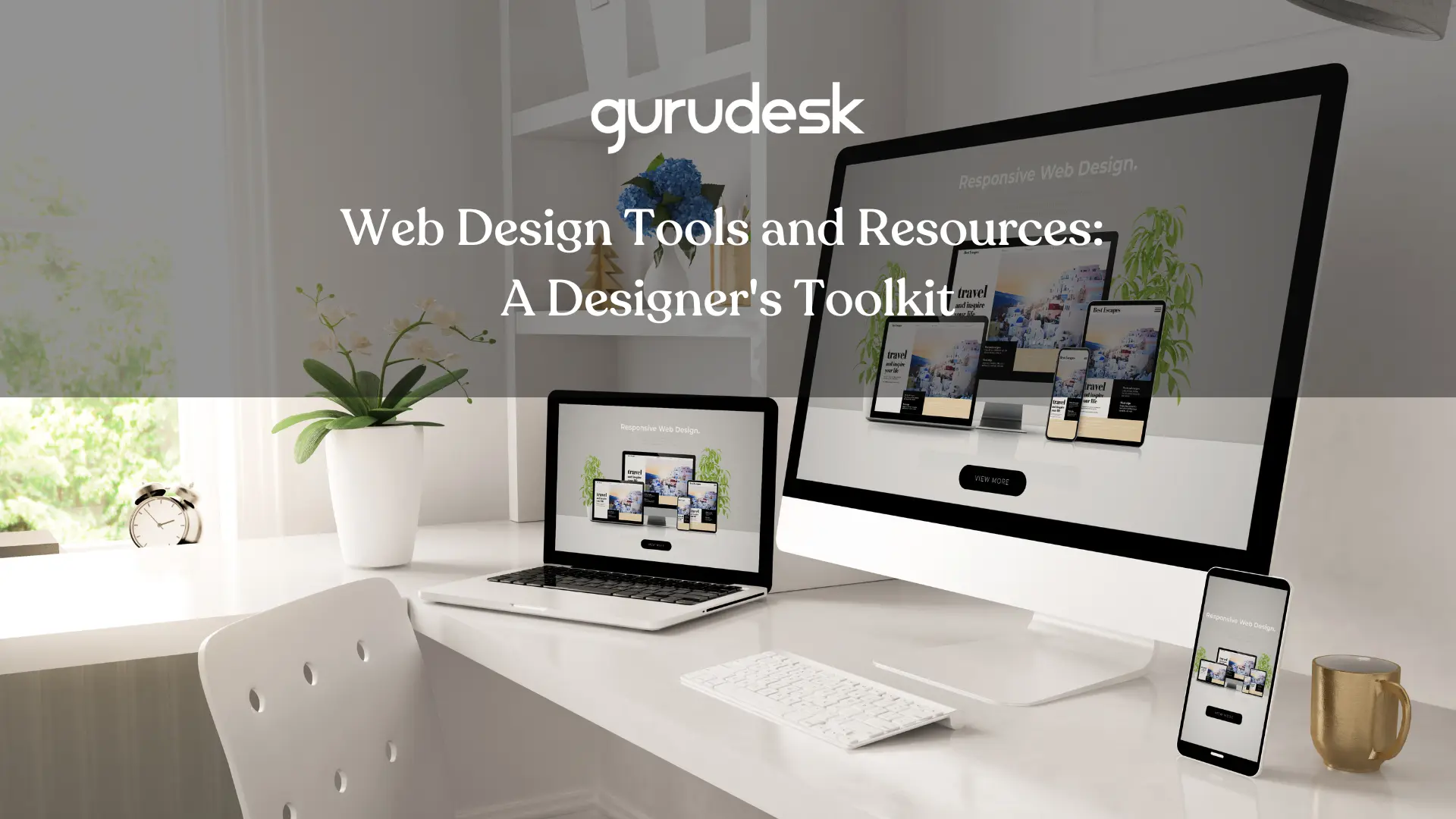
Taking the decision to start a website is often the easy part. What’s more challenging is putting the pieces together to create an overall compelling and user-friendly website, which is essential for success.
Web design, the art and science of creating visually appealing and user-centric websites, plays a vital role in shaping user perceptions and influencing purchasing decisions.
Design’s Psychological Impact: Shaping User Behavior
Web design goes far beyond aesthetics; it’s a powerful tool that can influence users or customers’ emotions and behaviors.
Understanding psychological principles helps drive human interaction, which designers can create through experiences that resonate, fostering positive engagement and therefore influencing behavior.

Why First Impressions Matter
According to research, users tend to form an opinion within the first 2-3 seconds of landing on your website.
This leads to the conclusion that making a visually appealing and intuitive web is important.
A well-designed interface not only establishes a connection with the user but also prevents immediate website abandonment.
Failure to achieve this may prompt users to seek alternatives on competing websites.
Psychological Effects of Web Design
The human mind is a vast sea with some unexplored aspects; however, we are certain of the impact that web design tends to have on individuals:
Emotional Resonance
Design can evoke emotions, guide user perception, and influence decision-making.
Color choices, typography, and imagery can convey trust, excitement, or professionalism, shaping the user’s perception of the brand and fostering a positive emotional connection.
A great example of emotional resonance is Apple’s minimalist aesthetic and focus on innovation.
Known for its clean, minimalist aesthetic, Apple’s design approaches feelings of sophistication, simplicity, and cutting-edge technology, which align perfectly with Apple’s brand image.
Cognitive Accessibility
Design principles like hierarchy, clarity, and consistency guide the user’s attention, making it easier to find information and complete tasks.
This reduces cognitive load, enhances user satisfaction, and increases the likelihood of completing desired actions.
Some users who land on your website might not have a clear indication of what they would like to do, so offering easy-to use navigation will help them find information, which leads to user satisfaction, conversion rates, and brand reputation.
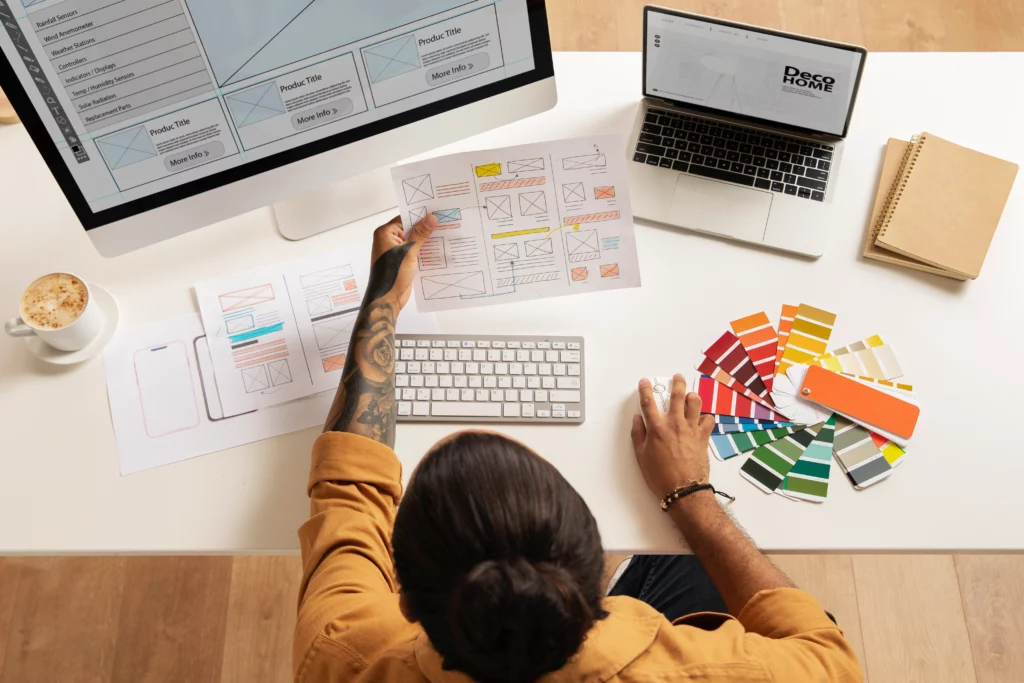
The Significance of User Experience (UX) in Web Design
User experience (UX) is the cornerstone of effective web design. By prioritizing user needs and wants, designers create websites that are not only visually appealing but also intuitive and enjoyable to use.
- Improved Usability: A user-friendly website allows users to easily navigate, find information, and complete tasks without frustration. This reduces the likelihood of abandonment and increases user satisfaction.
- Enhanced Engagement: A captivating and engaging website keeps users coming back for more. It encourages exploration, promotes brand loyalty, and ultimately leads to increased conversion rates.
- Strengthened Brand Perception: A positive UX contributes to a favorable brand image. Users perceive the brand as trustworthy, reliable, and customer-centric, fostering brand loyalty and advocacy.
The Impact of UX on Sales
A website that prioritizes UX directly translates into business success. Optimized websites that provide a seamless and enjoyable user experience reap the following benefits:
- Increased Conversion Rates: A user-friendly website encourages users to take desired actions, such as making purchases, subscribing to newsletters, or providing contact information.
- Reduced Bounce Rates: A low bounce rate indicates that users are engaged and finding value on the website. This improves search engine rankings and drives organic traffic, ultimately increasing sales opportunities.
- Enhanced Brand Reputation: Positive UX generates positive word-of-mouth, attracting new customers and fostering customer loyalty, which leads to repeat business and referrals.
Essential Web Design Tools and Resources for Creating Compelling Websites
A web designer’s toolkit is equipped with a variety of tools and resources that streamline the design process and enhance creativity.
After a client or a company hands off their business brand identity, web designers can begin implementing their creativity using design tools.

These tools can be categorized into four main areas:
Design and Prototyping Tools
Figma, Sketch, and Adobe XD are industry-standard tools for creating user interfaces and prototypes, allowing designers to collaborate effectively and visualize their designs before they are implemented.
Web Development Tools
Visual Studio Code, Sublime Text, and WebStorm are powerful code editors for web development, providing a seamless workflow for translating designs into functional websites.
Content Creation Tools
Canva, Adobe Creative Cloud, and GIMP are versatile tools for creating visual content, including images, graphics, and presentations, enhancing the overall user experience.
Testing and Debugging Tools
Browser DevTools, Chrome DevTools, and WebPageTest are crucial for ensuring website performance and debugging issues, ensuring a smooth and error-free user experience.
Web Design Tools and Resources
Beyond captivating visuals, web design delves into the realms of psychology, leaving an indelible mark on user perceptions and choices.
The initial impressions can either forge a connection or trigger a swift exit. Which is why investing in an intuitive and visually pleasing web design becomes important.
By aligning with user needs and desires, designers craft not just visually appealing but also user-friendly websites.
A seamless UX translates into tangible business success—increased conversion rates, reduced bounce rates, and an augmented brand reputation.
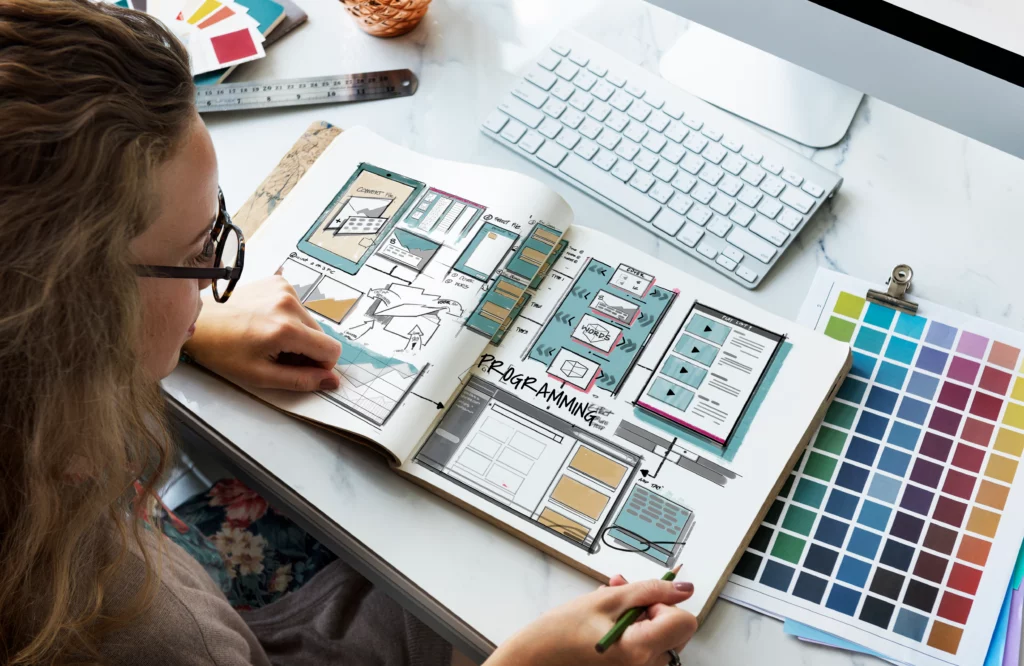
GuruDesk’s UI/UX Web Design Team
At GuruDesk, we don’t just design websites; we sculpt digital experiences.
Our team is your partner in navigating the digital realm. We use cutting-edge tools and a keen understanding of design principles to create compelling websites that seamlessly integrate aesthetics and functionality.
We collaborate with you throughout the design process, from inception to the final pixel, to ensure that your brand essence is reflected in every detail.
We also test and debug our designs to ensure optimal performance, leaving no room for disruptions in the user journey. We believe that every business deserves a digital presence that is both functional and beautiful.
Welcome to GuruDesk—where design meets digital brilliance.
TAGS:
Join the GuruDesk community and be among the first ones to discover the hottest trends in web services! We are a team of web experts and we love sharing our knowledge and experience with our readers! We share tips and tricks on a wide range of topics, including web development, cloud services, and hosting. Whether you are a seasoned pro or just starting out, we promise you will find valuable information here. So go ahead, hit that “Subscribe” button and let the fun begin!



